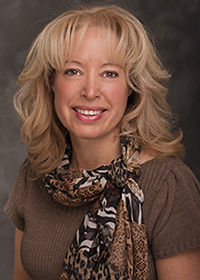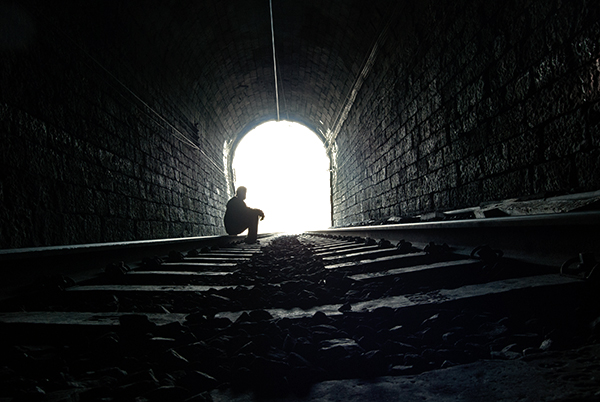I Samuel 29
Do you like being chased? Personally, I hate it. The game of tag is not my favorite. Though I can run fast, the feeling of being chased causes my heart to rush into my throat where it does not belong. You know the feeling. You’ve experienced it in dreams. Running, running, running. Then waking in a sweat, assuring yourself that everything is OK. But what if it isn’t? What if the chase is real? Then what?
I experienced it once when I was a child. All four of us were traveling at night and my mother was driving while my father slept, seat laid back. An unknown vehicle followed behind, too consistently and too close for comfort. “Honey, wake up!” My mother sounded afraid. My father woke up and sized the situation immediately. “They think you are alone and are taking advantage of that,” he stated, looking into the side mirror. “Stay steady,” he warned, “and don’t let them get in front of you.” My sister and I stared wide-eyed from the backseat. Who would help us in the middle of the night on this deserted road? Would we be OK? My heartrate increased, then pounded so loud I could hear the beat. Boom. Boom. Boom.
“There! Pull off the road under that light at the gas station so they can see me!” My commander father was sure and calm.
The vehicle behind us slowed, pulled to the right side of our car, saw my father, then sped off. Ba-boom. Ba-boom. Ba-boom. My heart beat faster as the danger of the situation came into full view. The vehicle really was chasing us!
This lasted only minutes. Imagine being chased for longer.
David had been running from Saul for a long time — from the time Saul placed him over the army after killing Goliath (1 Samuel 18:5-8). The women shouldn’t have sung the song they sang: “Saul has killed his thousands, and David his ten thousands.” After that little song, there was no going back. “Saul was very angry” (1 Samuel 18:8). The chase was on.
David becomes tired of running from Saul and seeks refuge among his enemies, the Philistines. And by doing this, David gets himself into a real pickle. He earns their trust, promises to join them in battle, and then marches valiantly at the rear of their army. Marching with the Philistines against the Israelites! He is about to fight in the very battle in which Saul and his son Jonathan will both die.
King Achish, the Philistine king, trusts David and truly believes David has switched sides.
Meanwhile, Saul temporarily gives up the chase until a medium tells him that the kingdom will be “torn” out of his hand and given to David. Saul heads out to battle again. He has been so obsessed with killing David that he leaves his own territory weak.
Everybody is in the wrong place.
David is aligned with the enemy, and Saul is about to die from his own sword in battle. King Achish is, well, naive.
Nobody is thinking straight except the commanders of the Philistine army. They can’t believe King Achish is so foolish and trusting, finding “no fault in him [David] ...” No fault? This is the man who killed Goliath!
“Send him back! ... Is this not David, of whom they sing to one another in dances, ‘Saul has killed his thousands, and David his ten thousands’?”
There’s that song again. And it doesn’t help this situation any more than it helped the first one.
The Philistine commanders see the whole situation as crazy and refuse to let David fight with them. They force King Achish to send David back to Ziklag, land given to him by King Achish.
The moral of this story? The Philistines prevent David from fighting against his own people.
His enemies protect David … from himself.
Have you been here? In this place where everything seems crazy and you have forgotten just whose side you are on or what you should do next? And just as you are about to make the biggest misstep of your life, some annoying person demands that you get back to Ziklag?
Sometimes you think it is too late. You have gone too far.
Not true.
Turn back.
Go home where you belong.
The chase is over.
—Carla Gober-Park, PhD, is assistant vice president for Spiritual Life and Mission at Loma Linda University Health, as well as director of the Center for Spiritual Life and Wholeness.


